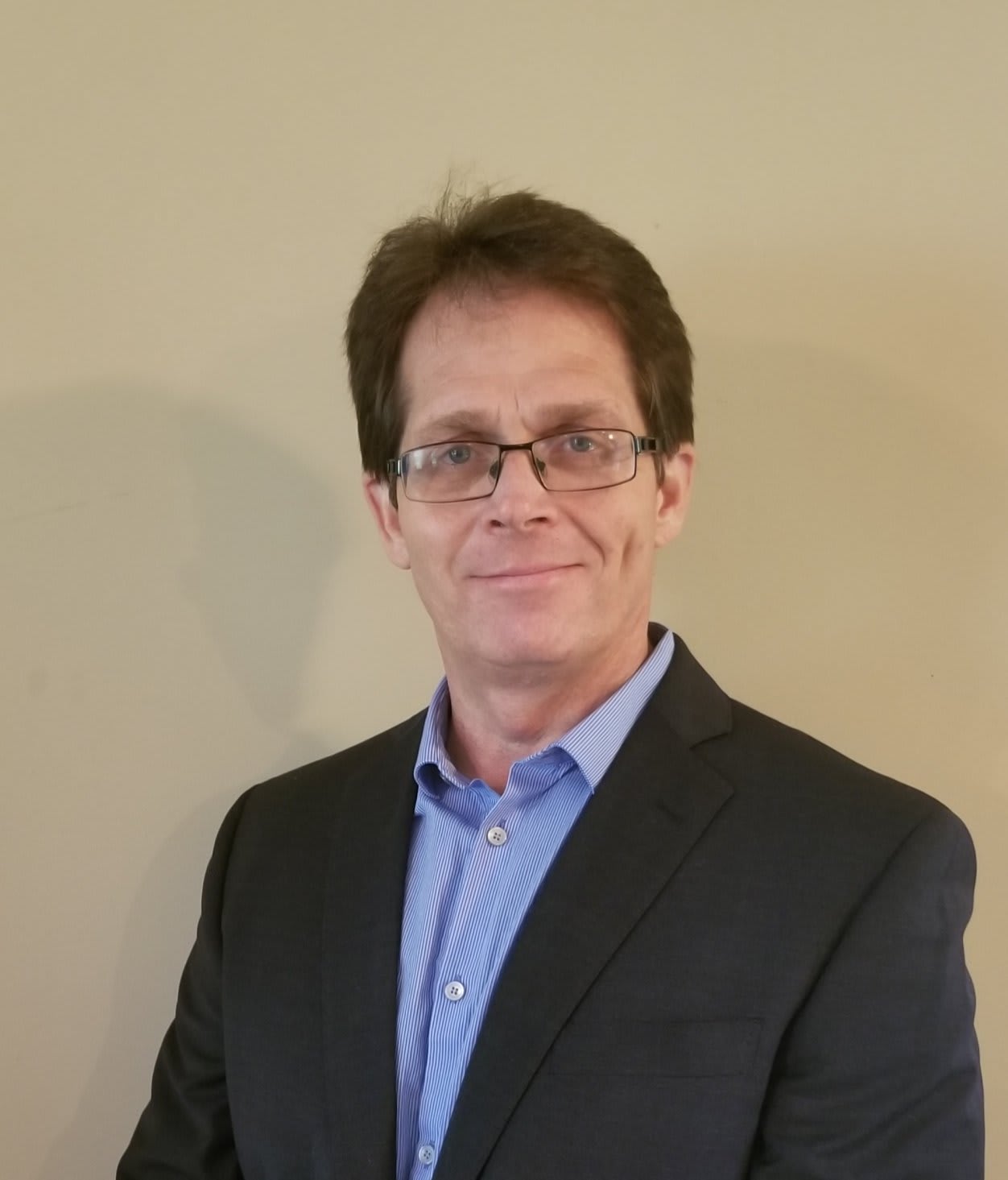Searching for Voices: Oregon Looks to Fill a Leadership Void in 2025
In one of his early spring articles at Autzen Zoon, my friend Dale wondered: “Where is the leadership on the 2025 team?”
It’s a fair question—and one Oregon head coach Dan Lanning addressed before the first whistle blew in spring practice.
“We’re not returning a ton of experience,” Lanning said on day one. “We’re returning some really talented players. So it’s about those guys stepping up, creating leadership, creating standards for our team.”
And since that moment, nearly every interview this spring has circled around one theme: leadership.
Because in football, talent wins plays—but leadership wins games.
It’s easy to get distracted by raw measurables—40 times, arm strength, verticals—but what turns a group of athletes into a championship team is the presence of leaders: on the field, in the film room, and behind the scenes when no cameras are rolling. And after sending off a wave of vocal and battle-tested veterans to the NFL, Oregon finds itself in the middle of a leadership reset.
Gone are program pillars like Bo Nix, Jackson Powers-Johnson, and Brandon Dorlus—players who not only performed at an elite level but held others to the same standard. What remains is a roster bursting with talent, but still searching for its collective voice.
One of those voices, surprisingly, is coming from the trenches.
“First and foremost, I just want to thank my Lord and Savior, Jesus Christ,” said junior offensive lineman Poncho Laloulu. “Being here for three years, I’ve just learned under a lot of dudes that have been here before. One of my leaders was Stephen Jones. When I was playing as a freshman, he kind of calmed me down. Just learning from him and guys like Marcus Harper… it shows how much trust they have in me now, and I carry that a lot.”
That trust hasn’t been given lightly. It’s been earned—through daily consistency, work ethic, and growing confidence in his communication. Lanning noted the shift clearly.
“Poncho has been fantastic,” he said. “He’s realized his voice can be heard more. His play is one thing, but his ability to move other people and impact other people... he’s doing a lot of those things for us right now.”
Laloulu represents the kind of leader that Jim Collins describes in Good to Great—a "Level 5 Leader" who blends personal humility with fierce professional will. He’s not flashy, but he shows up, puts in the work, and makes those around him better.
Another example is tight end Casey Boettcher, who has stepped into a larger leadership role now that the room is younger and leaner.
“This offseason, it was like my first winter not doing baseball where usually I drop about 10 pounds,” Boettcher said. “I put on about 10, so I’m sitting around 230 right now. I’ve got more time to spend watching film, which is great.”
Boettcher isn’t one to demand attention—but he knows the value of setting the tone for younger teammates.
“There’s a lot of young guys, not as many old ones compared to last year,” he said. “I try to be the same leader I was last year. Maybe I’ll be a little more vocal, but I like to lead by example.”
And Lanning sees that effort.
“It’s not really new to him,” the coach said. “I want to hear his voice out there more. But he’s always showing up as a player. He’s been a really good leader for us.”
It’s that "show up every day" mentality that shapes a locker room’s culture more than slogans or hype videos. As John C. Maxwell puts it, “Everything rises and falls on leadership.” And this Oregon team? It’s in the rising phase, trying to fill the vacuum left by last year’s veterans.
Lanning and his staff aren’t looking for one player to replace multiple leaders. They’re looking for leadership to multiply—through voices old and new.
“We talk a lot about shared ownership,” Lanning said. “This team has to decide who it wants to be. And that doesn’t come from just the coaching staff. That comes from within.”
In Extreme Ownership, retired Navy SEAL Jocko Willink writes, “Leaders must own everything in their world. There is no one else to blame.” That mindset resonates deeply in football—especially in a program where expectations are sky-high and national relevance is non-negotiable.
There’s also the matter of culture. In The Culture Code, Daniel Coyle outlines the three key traits of high-performing groups: building safety, sharing vulnerability, and establishing purpose. It’s not just about screaming in a huddle or calling players out—it’s about building trust, forming connections, and creating a purpose everyone buys into.
That’s what Laloulu and Boettcher are starting to do. And that’s what younger players are beginning to emulate.
“You don’t always see it immediately,” Lanning said. “But you hear it in meetings, see it on the sideline. You notice who’s picking guys up and who’s holding them accountable. That’s where it starts.”
Winning teams have vocal leaders and silent ones. They have motivators, mentors, and steady presences. There’s no perfect template—but there is a common thread: leaders lead when it’s hard, not just when it’s easy.
This spring, Oregon isn’t rebuilding. It’s reloading. And part of that reload is about more than personnel—it’s about identity. The Ducks have speed, strength, and depth. But if they want to contend for the College Football Playoff again, they’ll need something else.
They’ll need voices. They’ll need tone-setters. They’ll need leaders.
And if spring is any indication, a few of those are beginning to rise.
